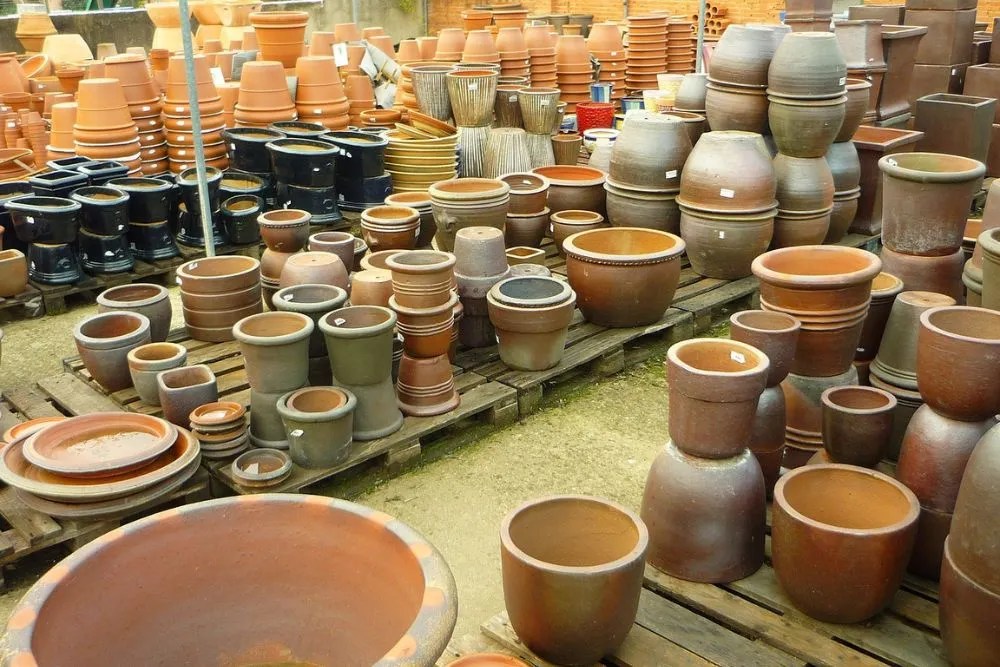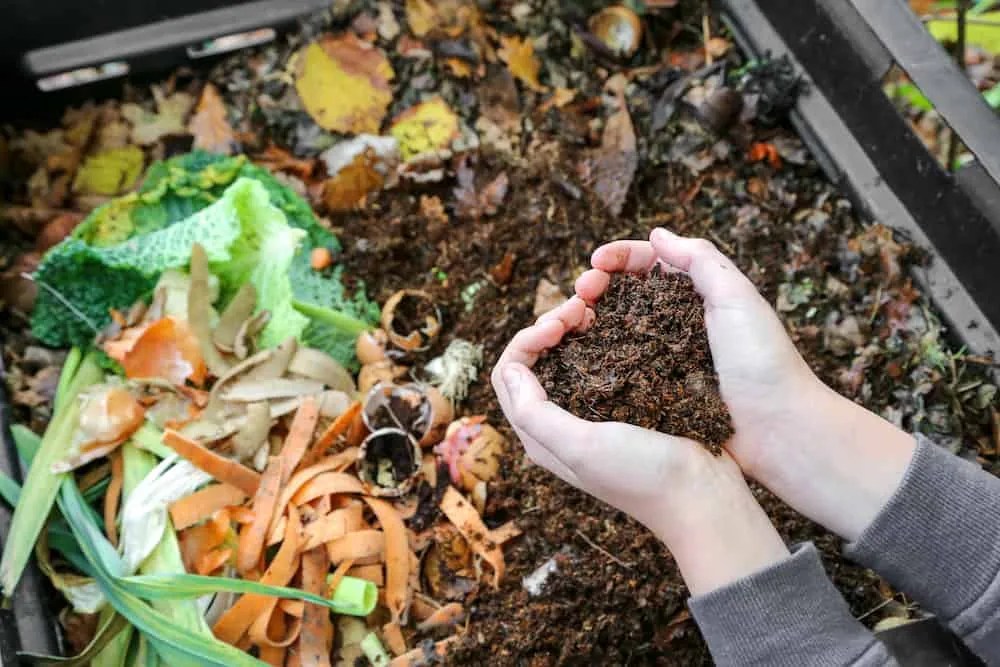Related
When you ’re give the best care to your houseplants , it ’s heartbreaking and confusing to see them wilt and theirleaves yellow .
The grandness of right drainage is often overlooked , which is why your houseplants will droop even if you pursue a strict lachrymation schedule toavoid under or overwatering . While nature is forgiving , most houseplants , like lavender andpeace lilies , don’t like wet feetand are quite sensitive to unreasonable moisture around their origin .
Houseplants need atmosphere , light , and piddle to grow tidy roots , but hapless drain can have root rot and untimely flora demise .

teach how to improve drainage in pot plants for healthy growth .
1. Choose the Correct Container
range quotation : Francisco Leão via Pixabay
Pots and container get in many unlike sizes , anatomy , and material . From ceramic and wood ones to metal and concrete , you may be tempt to bring home a container that matches your outdoor decor .
That said , remember not all pots have the same drainage attribute . Look at concrete , stiff , and terracotta Mary Jane because the pores in these fabric will help with leaching out the dampness . Unfortunately , this also means that you will demand to water your plants more frequently .

drain holes are authoritative , so if the container you picked has none , you could drill four to eight ( ½ 0r ¼ column inch ) holes yourself , look on the size of the pot . The container sizing will calculate on the meridian of the plant you wish to grow . For representative , if you want togrow helianthus in container , you ’ll need a 6 - column inch pot per sunflower seed .
Pro - Tip : Agood territory moisture testerwill assure you ’re not overwatering your plants .
2. Choose the Best Potting Soil
Image credits : Tima Miroshnichenko via Pexels
One of the loose way to improve drain is by select the rightpotting premix for your container plant . you could purchase thebest quick - to - use potting soil for container plantsonline orDIY it yourself . While store - buy mixes tend to work well with most plants , you could tailor homemade potting ground to the demand of your plants .
The ideal potting land should have perlite , coir fiber , vermiculite , and compost . Vermiculite and coir fibre help oneself your dirt retain wet , while perlite assist keep the stain lighting and aids drainage . Lastly , compost furnish nutrients and organic materials to the potting admixture .

To ready the soil for perennial , veggies , flowers , and tropicals , you ’ll postulate :
6 gallons
sphagnum peat moss / coir fibre

5 gallons
perlite
compost

hands holding compost above the composter with organic waste
¼ cupful
calcined lime ( only if you ’re using peat moss )
1½ cup

grainy constituent plant food
If you do n’t require to use organic fertiliser , you’re able to make your own homemade plant food by combining :
Once you have all your ingredients , set out a tarpaulin or place a large container on a mat surface . Mix all the ingredients thoroughly before use .

3. Don’t Layer Your Pot With Rocks
persona credits : Karolina Grabowska via Pexels
Before adding soil , some gardeners used to sum a bed of rocks or brick piece at the bottom of the pot to promote drain . add rocks at the bottom will move wet grease toward the base of the plant life and cheeseparing to the roots , eventually leading to waste .
alternatively of adding rock , let your potting mix be your first layer , followed by a layer of organic thing , which include parting , coco coir , hay , or dried skunk . Top this off with the remaining potting mix , but do n’t fill your pot to the brim . you could even contribute alayer of topsoil to aid drainage .

hands holding compost above the composter with organic waste
4. Add Compost to Your Soil
Image cite : Jerome . Romme via Shutterstock
Compost is gravid for your plantsfor many reasons :
tally compost to your potted plants in the declivity aftertesting the soil ’s pH. Since your potting soil ’s nutrients can deplete over fourth dimension , adding an inch of compost twice a year will help your flora thrive . That say , when bestow compost , be measured and gentle , so you do n’t disrupt your industrial plant ’s ascendent system .

Close up, hand holding Perlite, potting cactus and succulent material.
5. Add Inorganic Amendments for Improved Structure
Image deferred payment : RPA Studio via Shutterstock
If you work with a quick - to - use potting intermixture that does n’t stop a well amount of inorganicsoil amendment , you’re able to add them to improve your soil ’s drainage , health , and structure . For example , if your potting land is losing moisture too quickly , add vermiculite to the mixture and if it ’s retaining wet for too long , total perlite to prevent root bunk .
6. Add Earthworms for Better Drainage
Image credit : Sippakorn Yamkasikorn via Pexels
You may find squirmish at the thought of supply a smattering of earthworms to the soil , but your plant will give thanks you for append them to the pot . Earthworms dig through the grunge , which improves aeration and water drain . Moreover , the casting they leave behind in the soil are pack with nitrogen , a cardinal element your plant involve for healthy growth .
7. Use Self-Watering Pots
effigy credits : Adil Celebiyev StokPhoto via Shutterstock
ego - watering pots draw water from a reservoir at the bottom , but in a elbow room that will not get the soil too damp . Water is typically draw up through the utilization of motion sensor , rope wicks , or hairlike action using soil chromatography column .
They are very utilitarian for people disquieted about overwatering their plants or those often out from home and run to give their flora “ a short extra ” pee , which can ultimately damage the plant . ego - lachrymation pots areeasy to DIYbut ask basic experience manipulation drill machines .

Drain, Drain, Baby!
piddle is extremely crucial for houseplant to flourish , but too much water and a want of right drainage will lead to base bunkum . This is why it ’s important to check your pots have drain golf hole to keep water from pooling around your plant ’s roots .
Happy Gardening !
